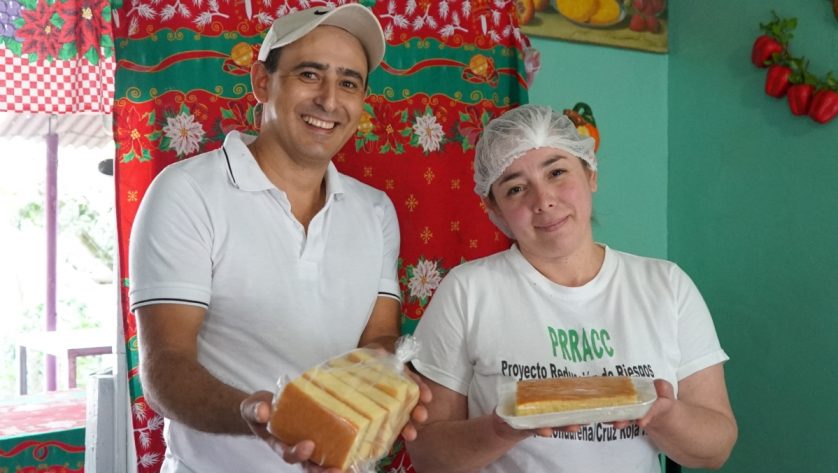The daughter of Rufina Luque, an inhabitant of Puno, was infected asymptomatically with COVID-19, but was getting worse. Before she saw her daughter sick, María did not have much faith in the vaccine, but she thought about it when she was receiving her first dose: ‘’You must get vaccinated; it does not cure us, but it does protect us”, she said.
As part of this process of listening and sharing knowledge, the Peruvian Red Cross is providing communities with all the information that the population requires. In this way, they can receive the vaccine and be sure that the process carried out by the State is implemented to protect the health of its citizens.
Back in the Amazonian region of Ucayali, Cecilia Brito recalled that before the arrival of the awareness-raising and vaccination teams, there was a great deal of false information. She is a representative of the indigenous Shipibo people of the Regional Organization Aidesep Ucayali (ORAU), which carried out a survey in May 2021, which showed that over half the indigenous population opposed to being inoculated. “In the face of this reality, the organizations collectively answered the population’s questions with transparent information. This allowed us to achieve the objective of vaccination”, explained Brito.
Myriam Ríos is a nurse at the Bella Flor Health Centre in Ucayali, and has been living and working with the communities in the area for 18 years. Initially, she was doubtful about the awareness-raising before vaccination, but when she saw the announcement and answered the questions that her own patients asked her, she became more convinced about the process.
“I was apprehensive, but with many positive expectations,” Rios recalled. “In the end, it was very successful, because there were people who said that they were not going to get inoculated, who believed some of the myths and disinformation, but after the awareness-raising talks, they were the first to be vaccinated”.
 Red Cross Red Crescent magazine
Red Cross Red Crescent magazine 

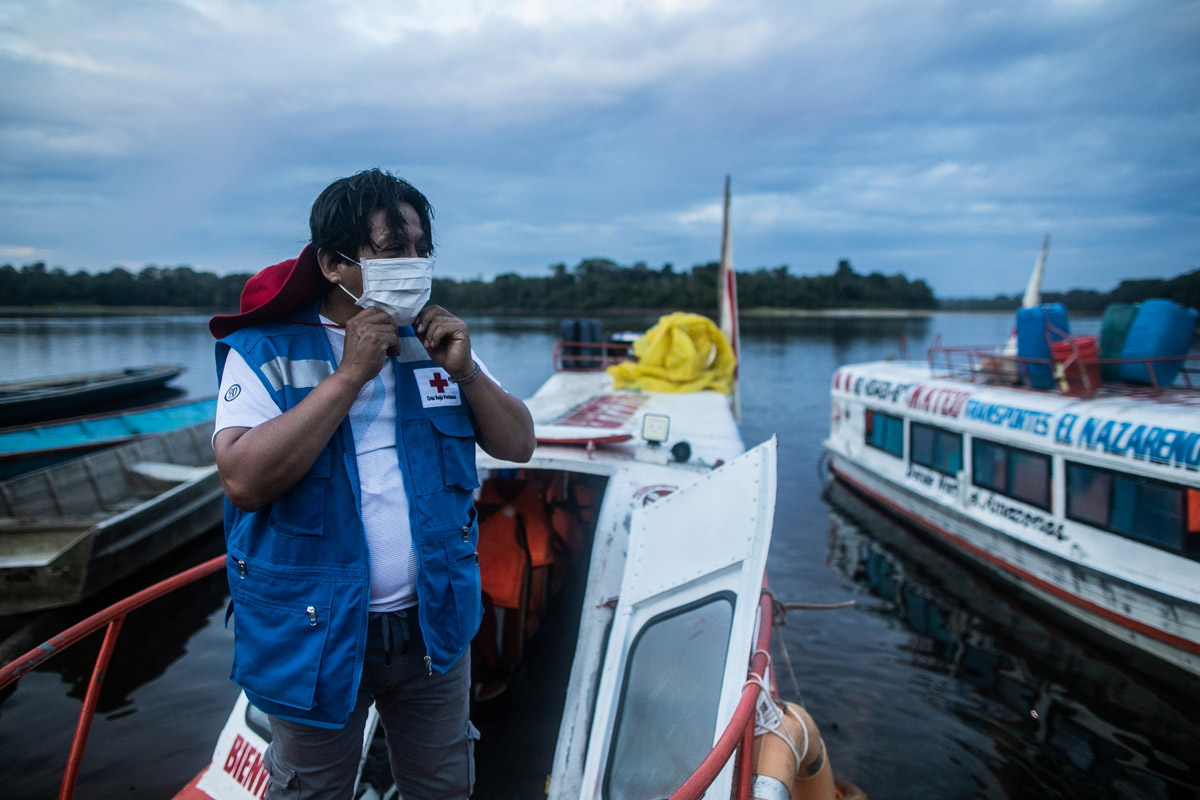
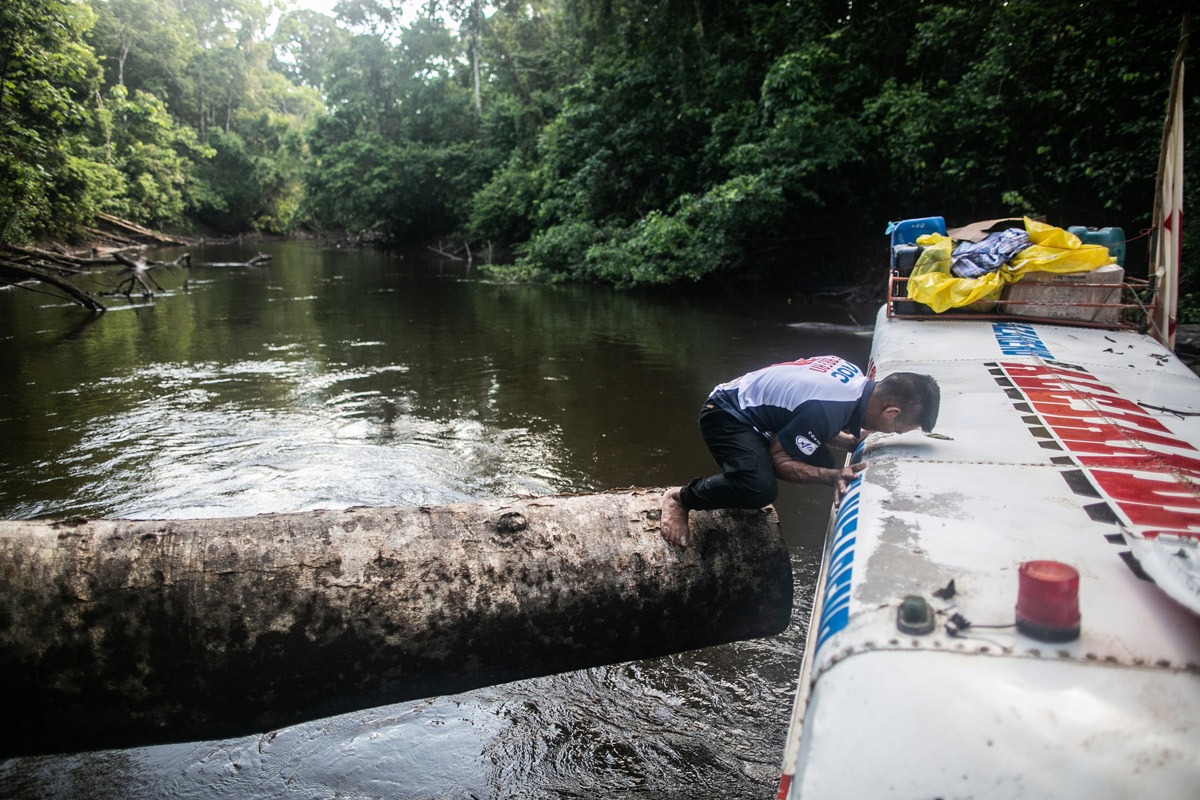
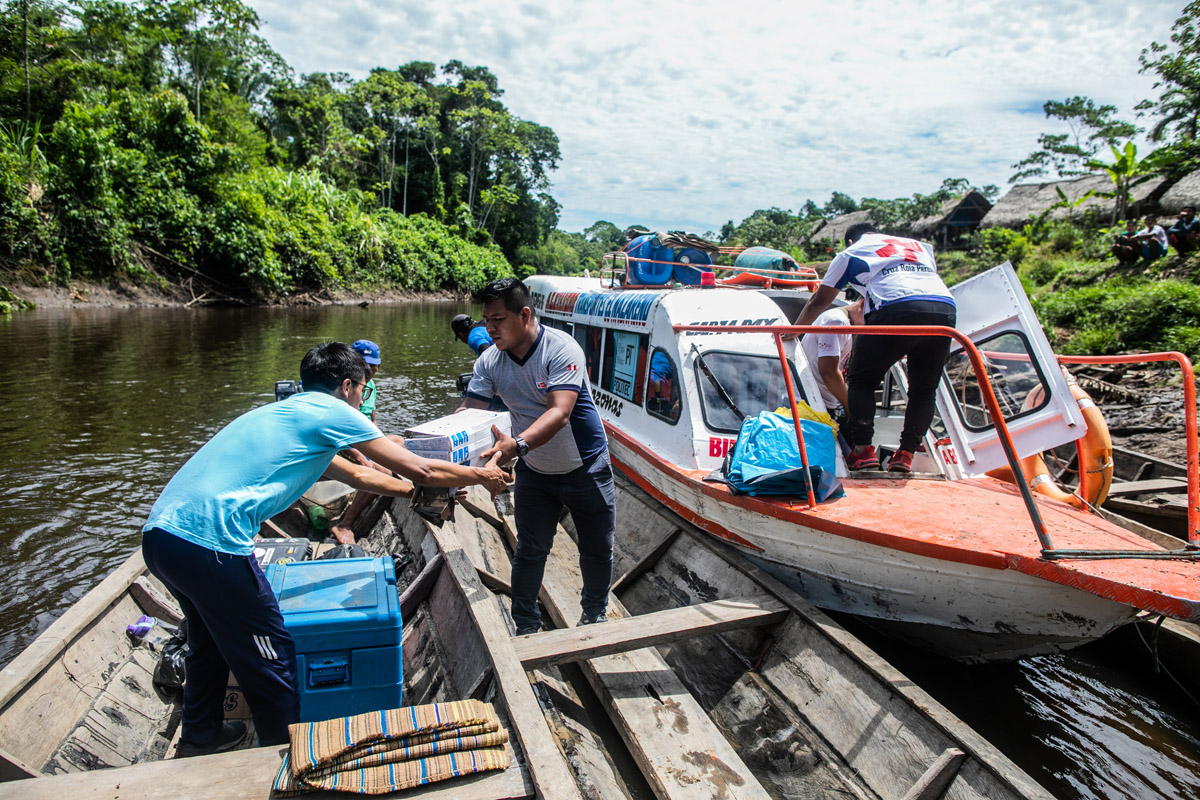
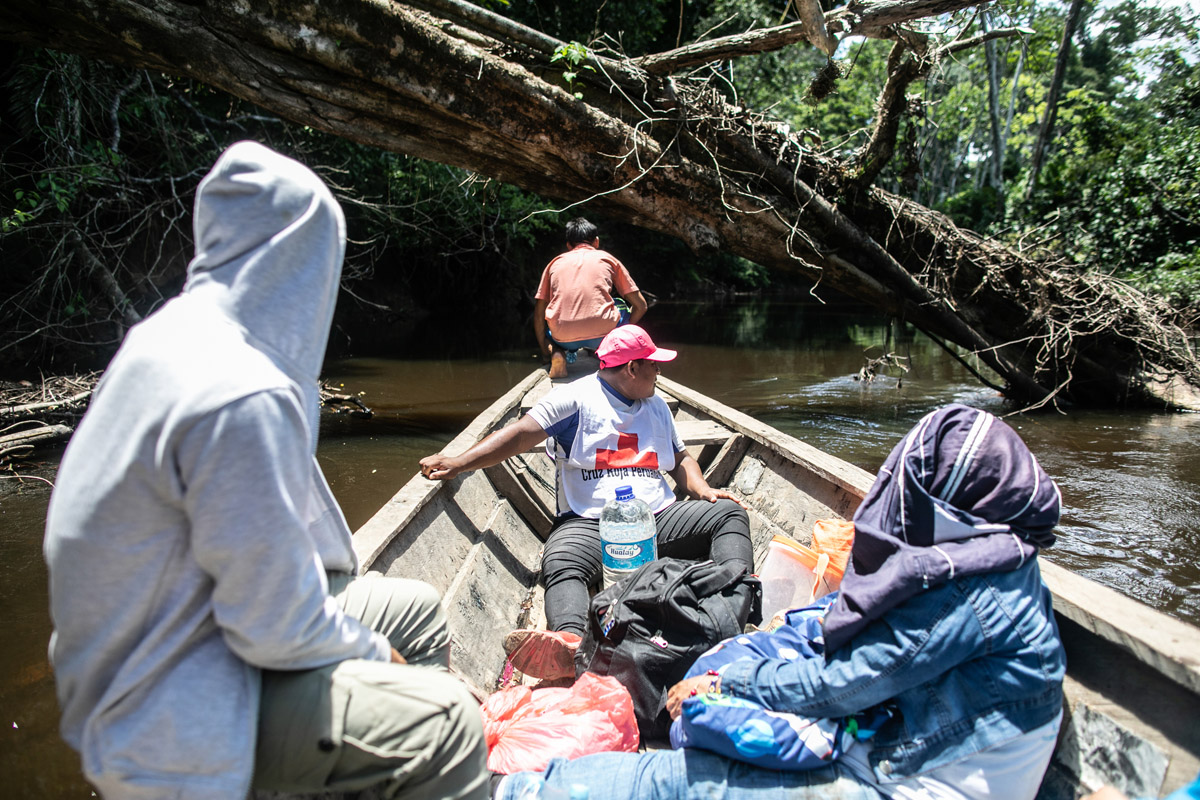
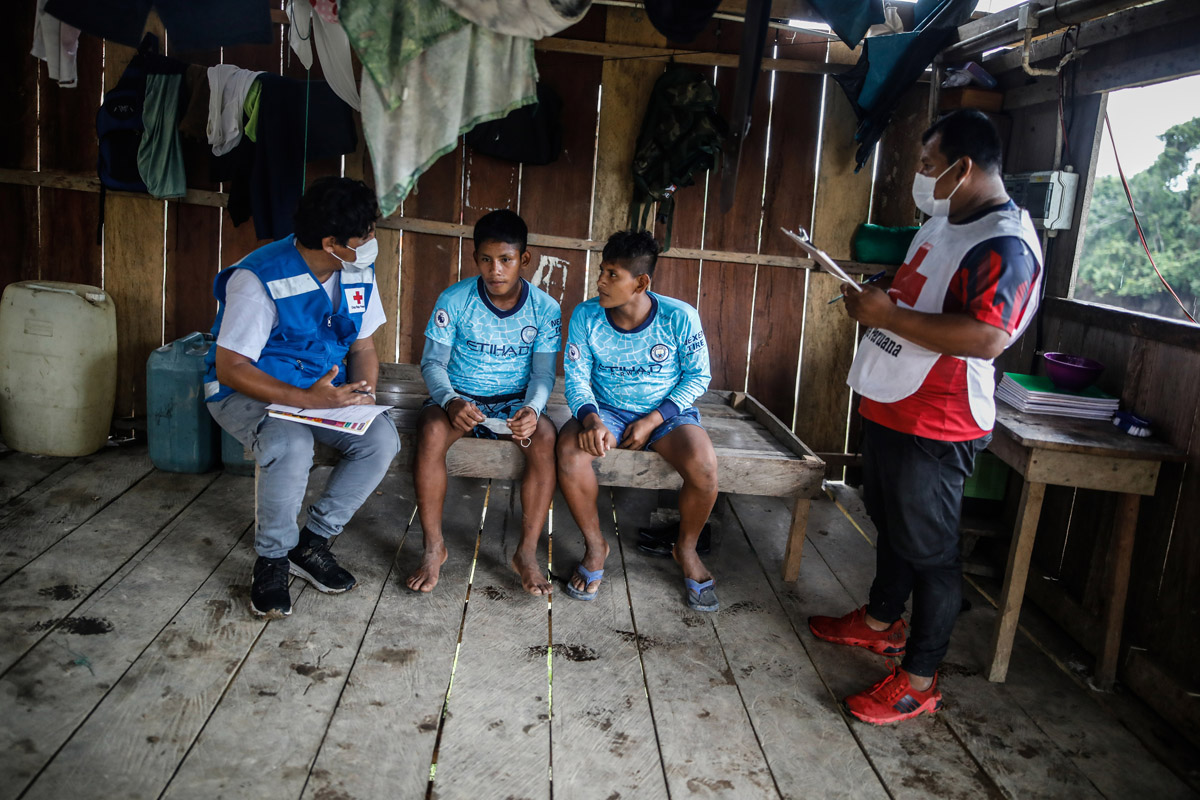
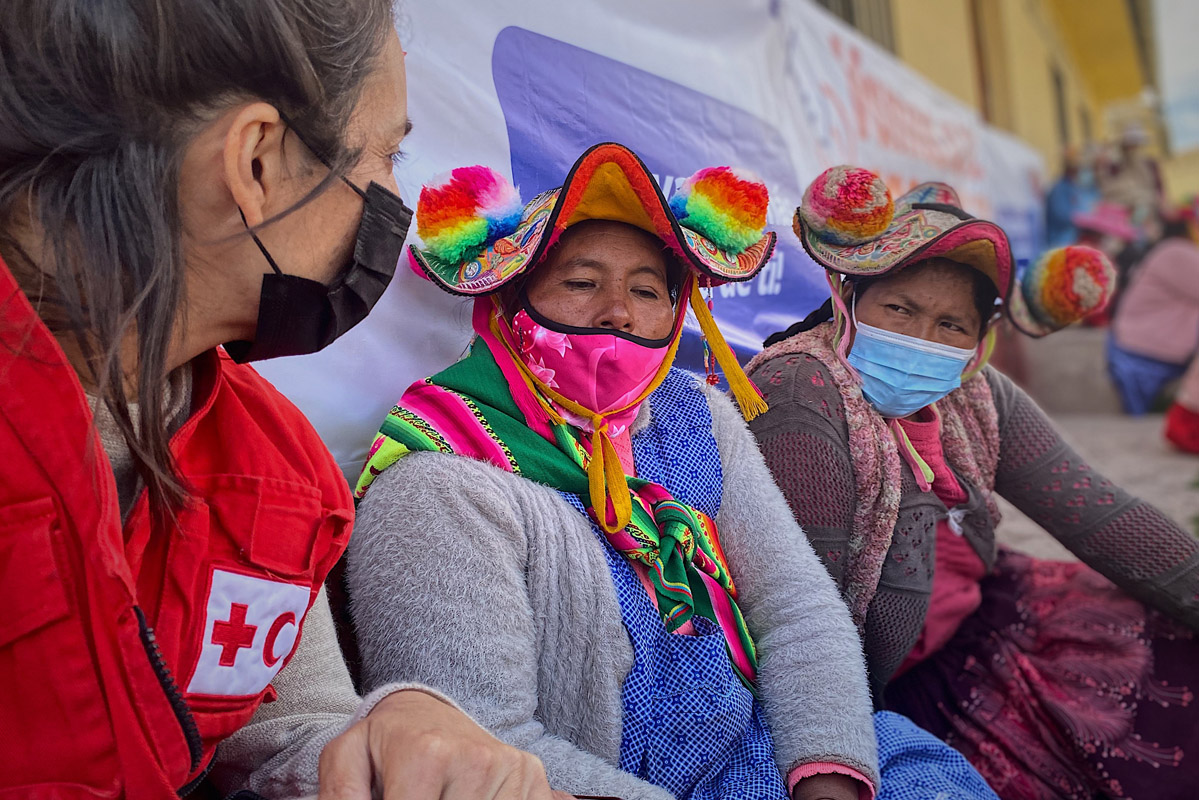
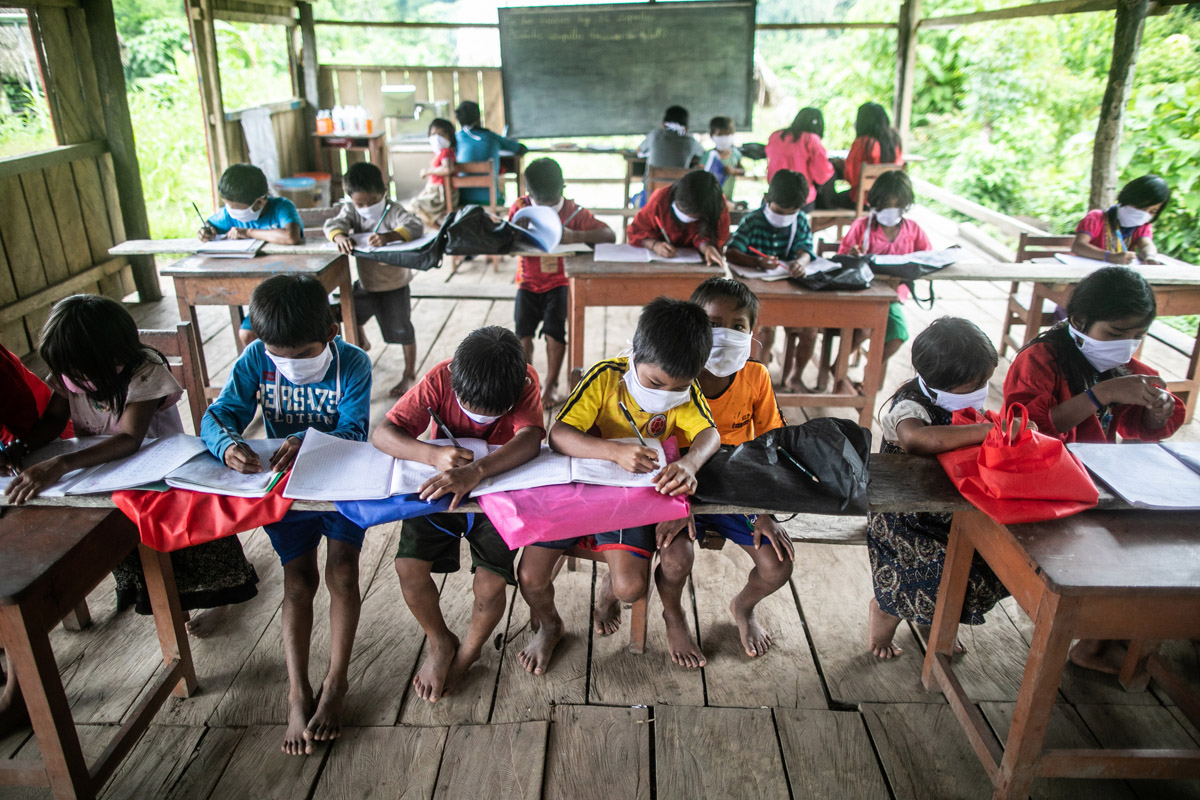
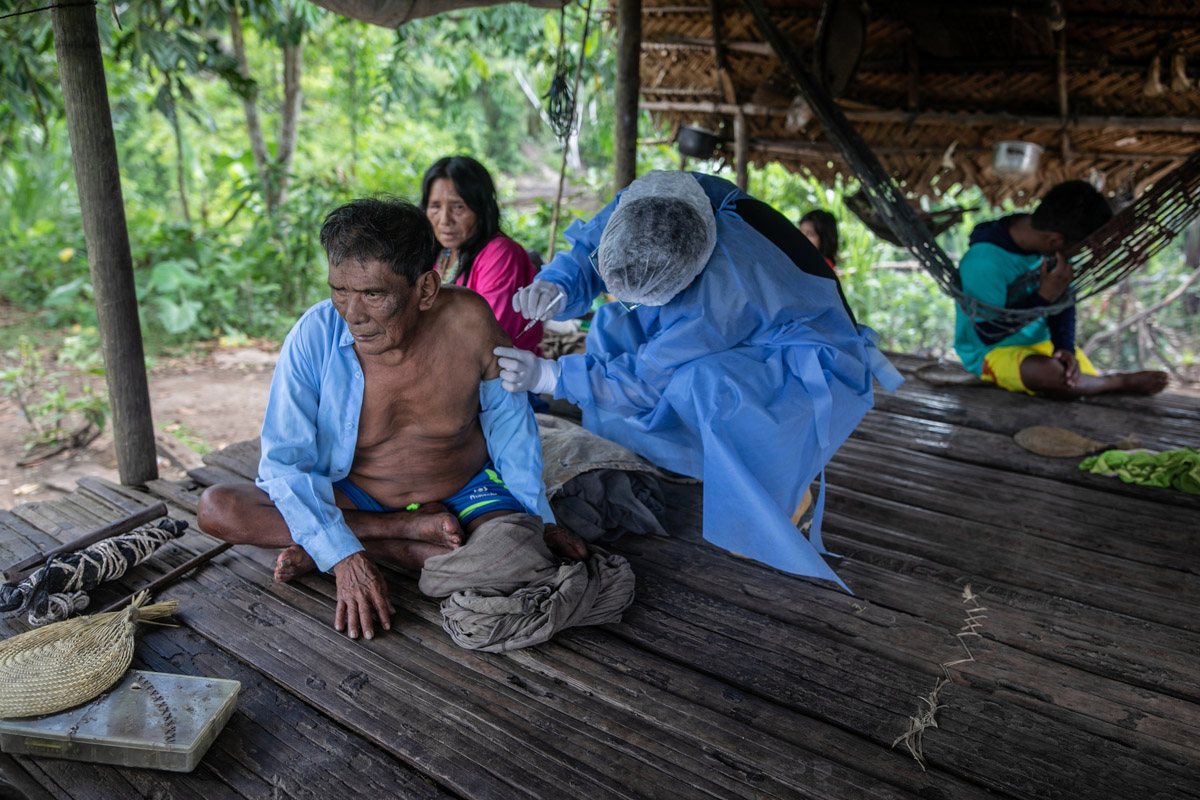
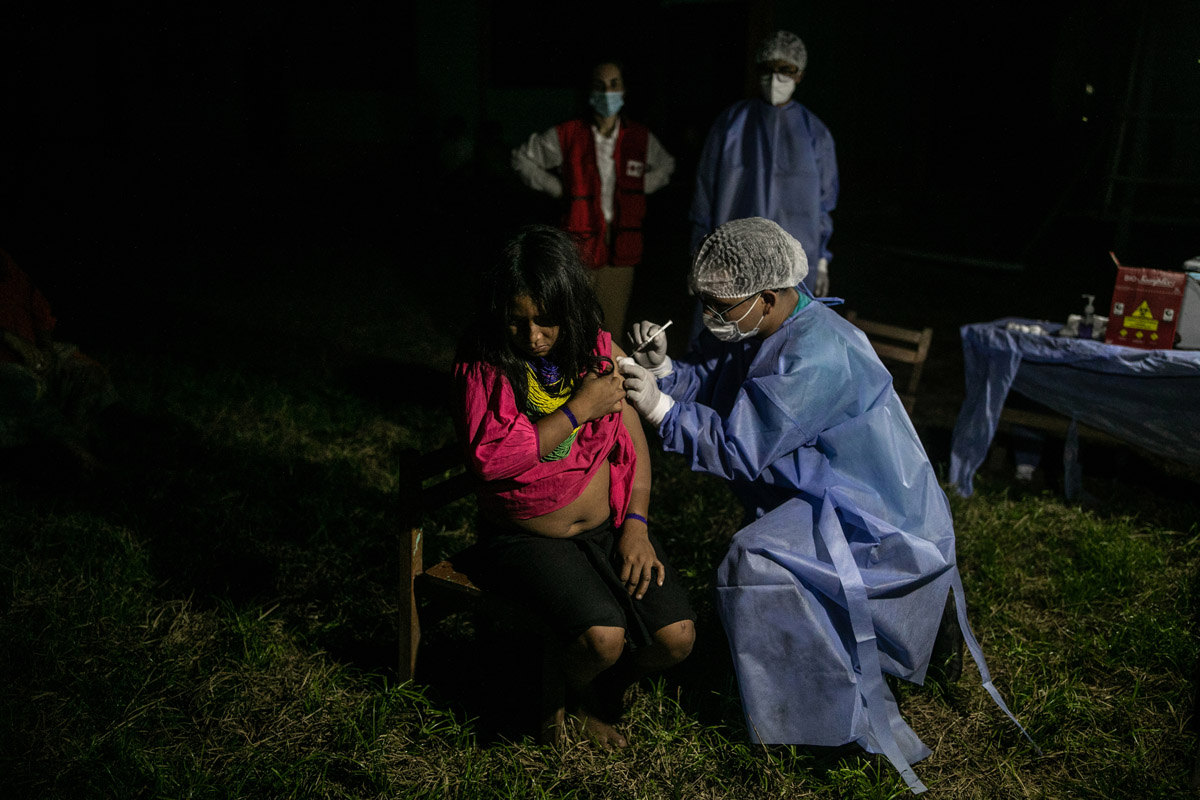
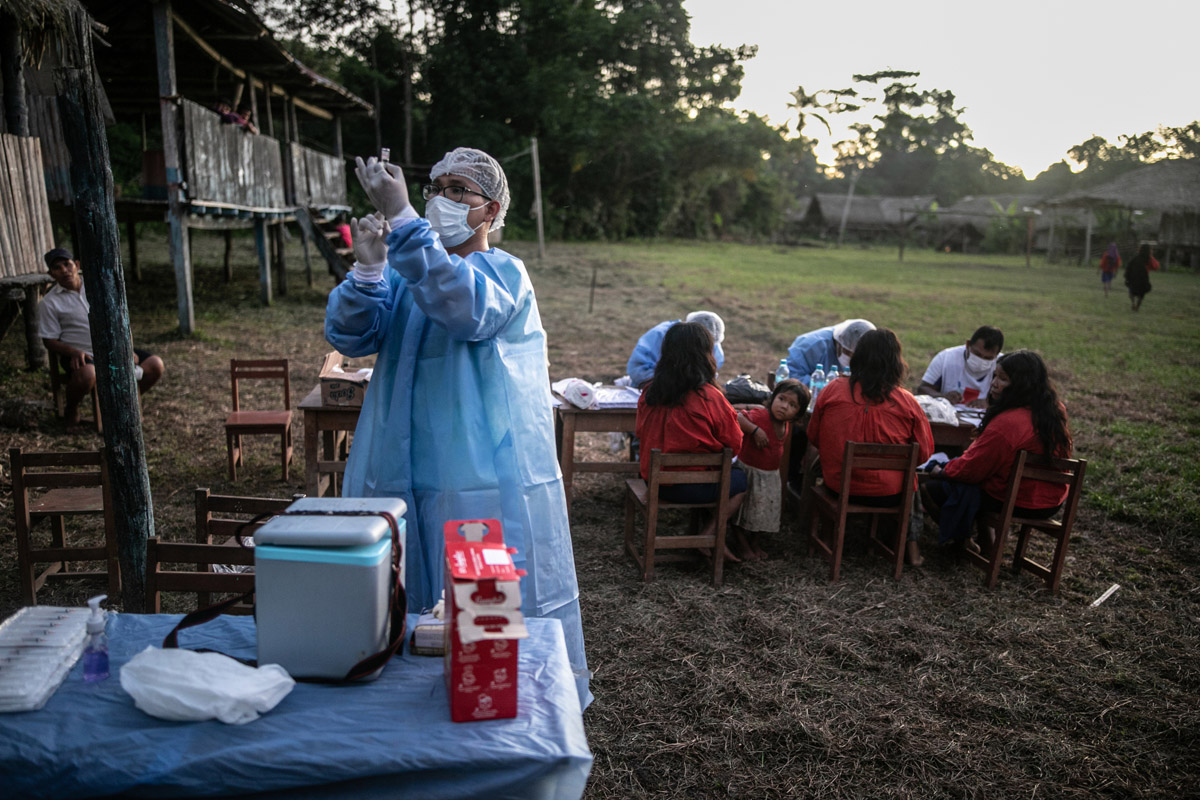
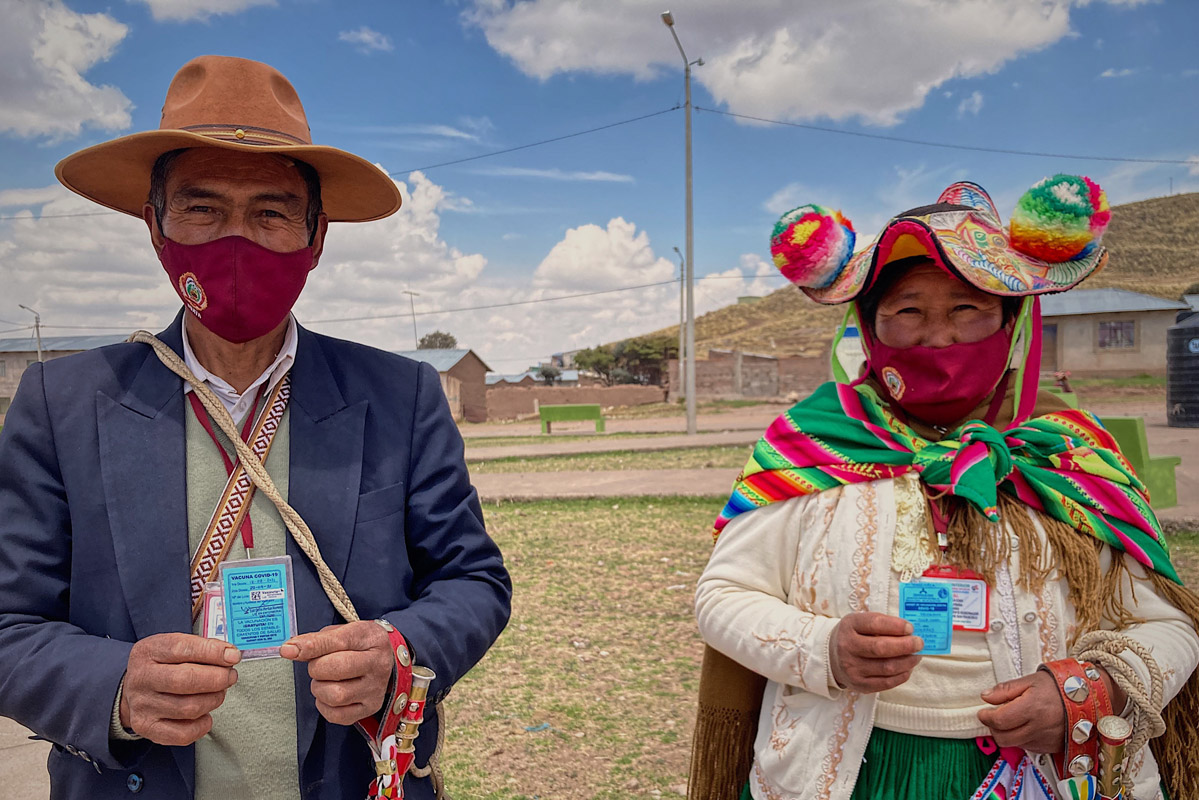
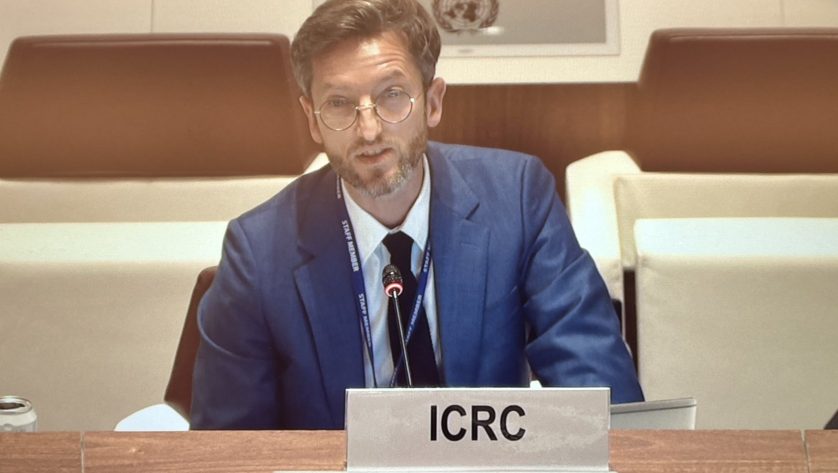

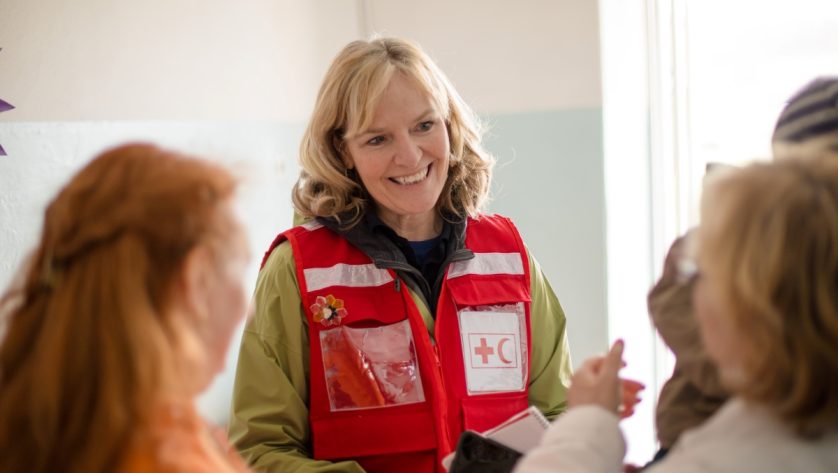

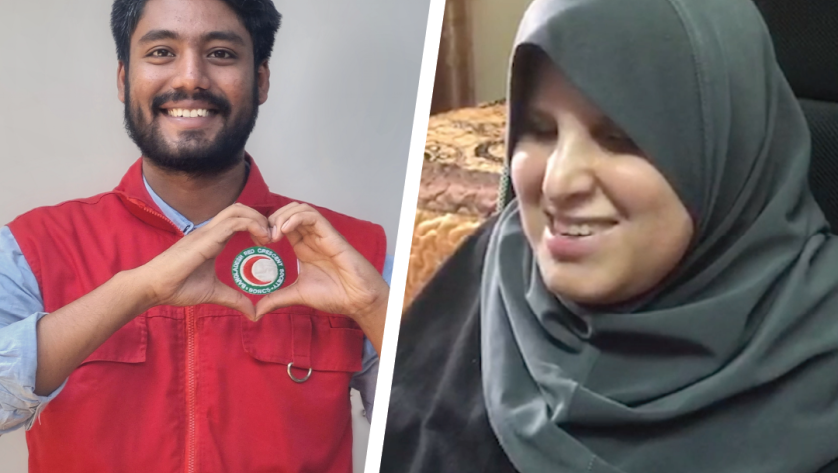

 Tech & Innovation
Tech & Innovation Climate Change
Climate Change Volunteers
Volunteers Migration
Migration